See also:
M.S. Shanghai Maru, NYK Lines, c. 1930.
M.S. Asama Maru, NYK Lines, c. 1930.
Yusen (Nippon Yusen Kaisha) Building, Marunouchi, c. 1930.
“To visit Japan on an NYK liner is the delightful and logical way to go. Once across the gangplank you feel you are already in Japan. On ships of the NYK line you will find pleasant and interesting fellow passengers.
“You will take deep interest in the unsurpassed NYK table and cabin service, so smartly American in standard, yet so promptly, courteously and smilingly Japanese in accomplishment.”
– The Rotarian, May 1928
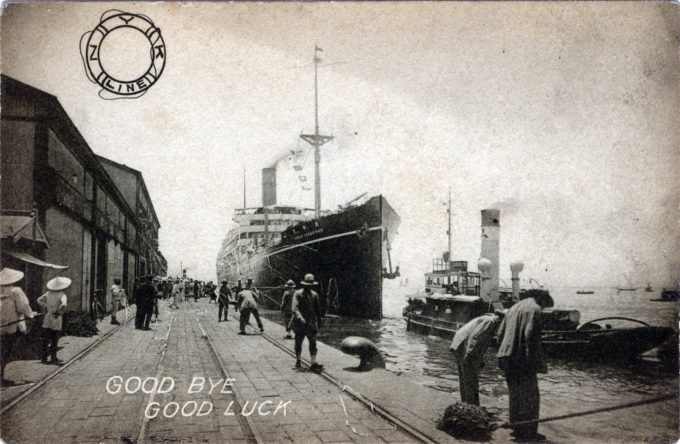
NYK Line, Yokohama, c. 1920. Departure of the Hakozaki Maru. (Note: Photo was reversed before printing on postcard.)
Nippon Yusen Kabushiki Kaisha (NYK) traces its history back to the Tsukumo Shokai shipping company founded by the Tosa clan in 1870. In 1875, as the renamed Mitsubishi Shokai, the company inaugurated Japan’s first passenger liner service, with a route from Yokohama to Shanghai. In 1885, a merger with Kyodo Unyu Kaisha (founded 1882) led to the adoption of the company’s present name.
The majority of Japanese merchant ships, tankers and liners sailed under the NYK banner between 1900-1940. Regular services linked Kobe and Yokohama with South America, Batavia (Dutch Indonesia), Melbourne, Cape Town; and frequent cruises to Honolulu, San Francisco, Seattle and Vancouver. Other routes connected local Chinese cabotage vessels on the Chinese coasts and upper Yangtze River.
NYK lost 185 ships in support of military operations in the Pacific. Before the war, NYK had 36 passenger ships; by the time of Japan’s surrender in August, 1945, only one survived, the Hikawa Maru (now, permanently berthed as a museum ship at Yokohama near Yamashita Park).
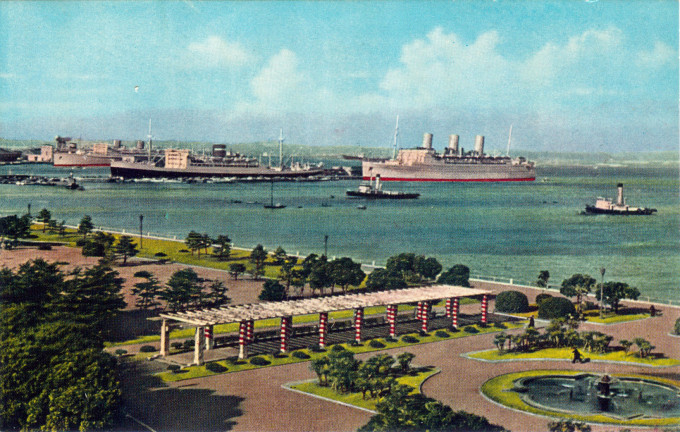
An elevated view of Yamashita Park, Yokohama, ca. 1960. The black-hulled ship moored at center is the Hikawa Maru, the only surviving NYK passenger liner (of 36, pre-war) of the Pacific War. In the foreground is one the post-war “Empress” ships of the Canadian Pacific Steamship Co.
- NYK Line, Kamo Maru, c. 1930.
- NYK Line, Yokohama Maru, c. 1930.
- NYK Line, Hakone Maru, c. 1930.
- NYK Line, Kamo Maru, c. 1930.
- NYK Line, Kamo Maru, c. 1930.
- NYK Line, Mishima Maru, c. 1930.
Dispositions of the NYK steamships portrayed above:
Kamo Maru, 8500 tons, launched 1908. Sunk by torpedo 1944, East China Sea.
Mishima Maru, 8500 tons, launched 1908. Scrapped 1934.
Yokohama Maru, 6500 tons, launch 1912. Sunk by air raid 1942, off Lea-Selame, New Guinea.
Hakone Maru, 10500 tons, launched 1921. Sunk by air raid 1943, Straits of Formosa.
Hakozaki Maru, 10400 tons, launched 1922. Sunk by torpedo 1945, East China Sea.
Hikawa Maru*, 11600 tons, launched 1929. The only NYK passenger ship to survive WWII.
Tatsuta Maru (nursery picture)**, 17000 tons, launched 1930. Sunk by torpedo 1943, off Mikurajima.
Chichibu Maru, 17000 tons, launched 1930. Sunk by torpedo 1943, East China Sea.


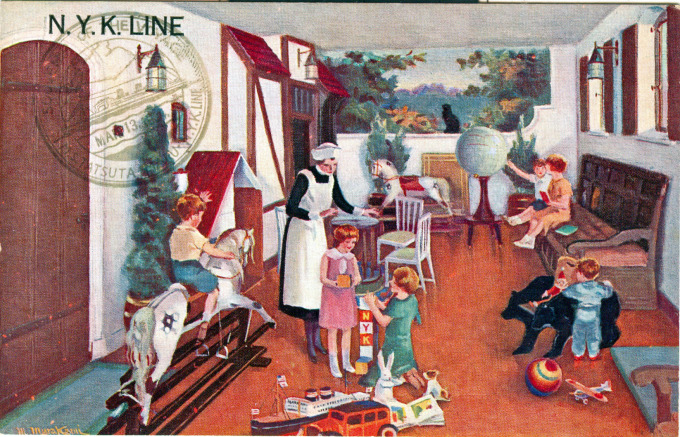
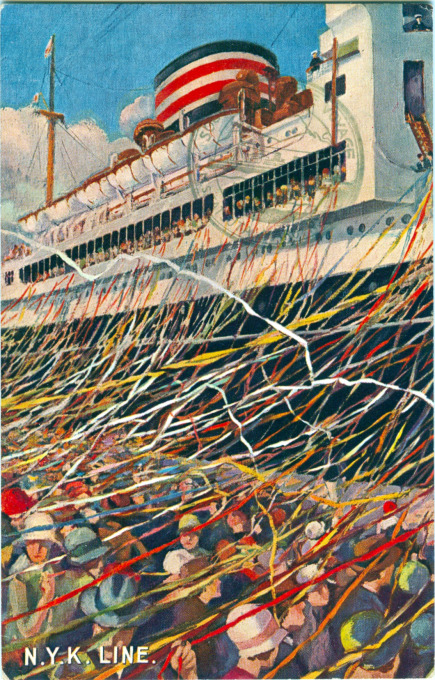
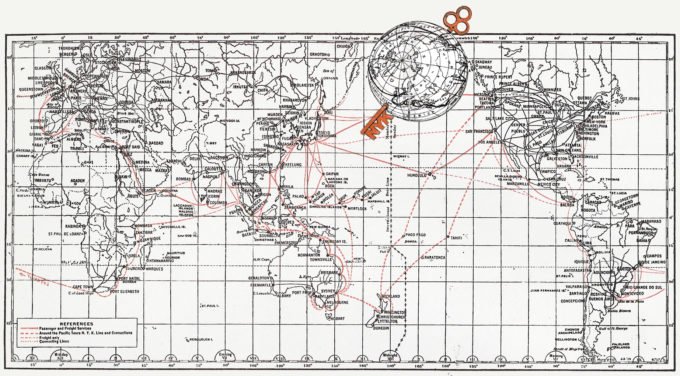
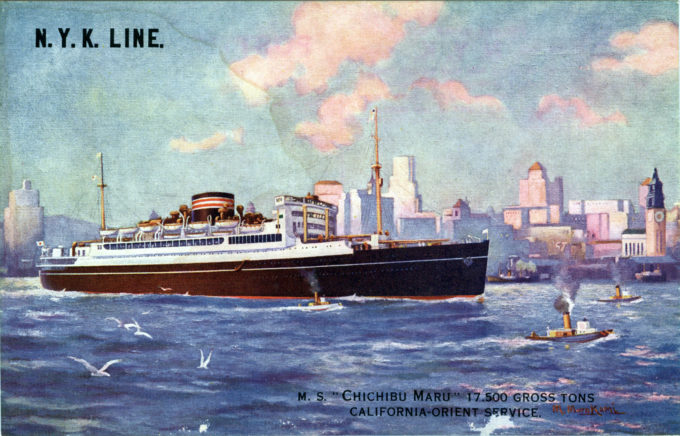
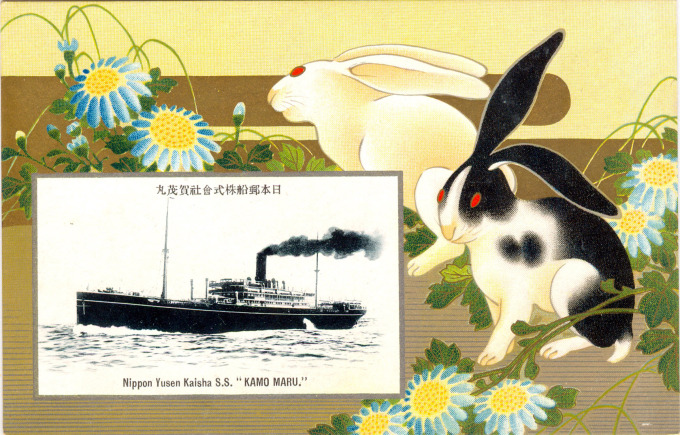
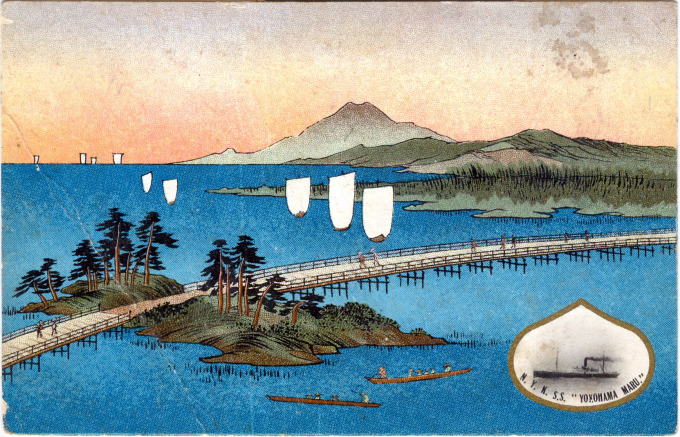
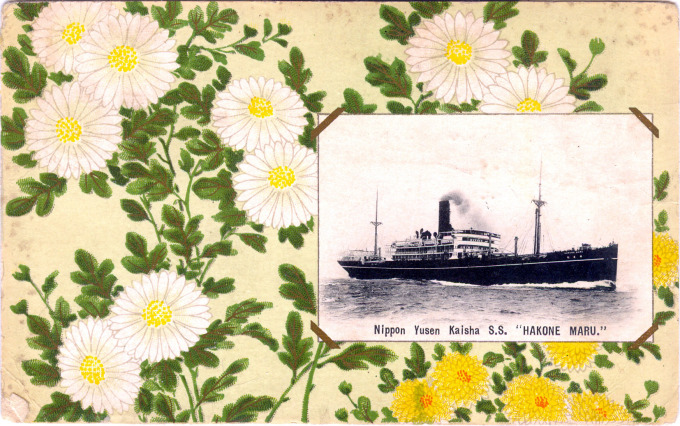
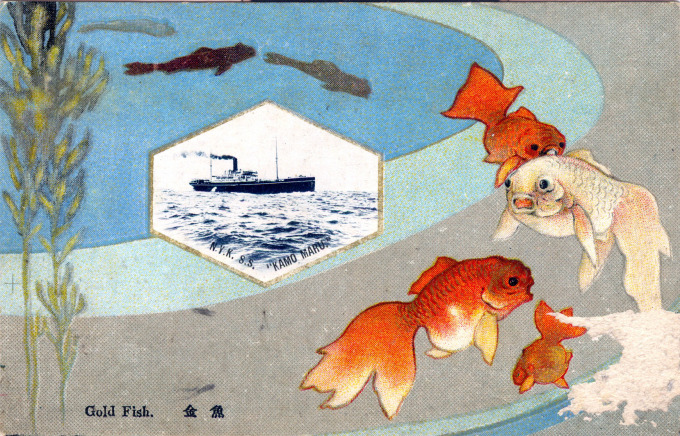
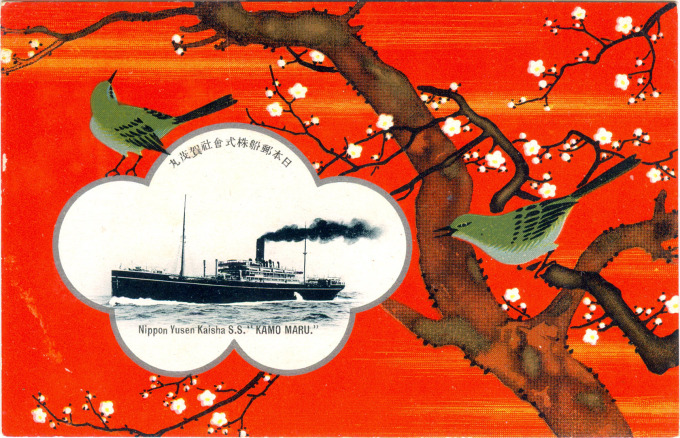
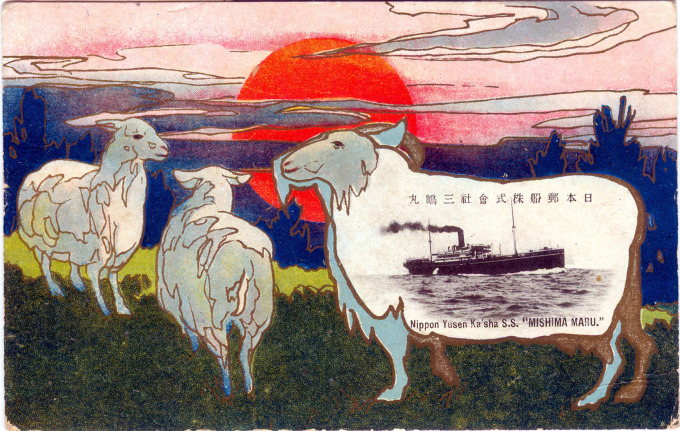
Pingback: Yamashita Park, Yokohama, c. 1960. | Old Tokyo
Pingback: Yusen (Nippon Yusen Kaisha) Building, Marunouchi, c. 1940. | Old Tokyo
Pingback: Japan Tourist Bureau (JTB), c. 1920. | Old Tokyo
Pingback: Roseta hoter [sic], Tokyo, c. 1910. | Old Tokyo
Pingback: “Shinyo Maru”, T.K.K. Line, c. 1930. | Old Tokyo
Pingback: Onomichi Port, Inland Sea, c. 1920. | Old Tokyo
Pingback: Yamato Maru, c. 1930. | Old Tokyo
Pingback: Chitose Maru, c. 1930. | Old Tokyo
Pingback: M.S. Hakozaki Maru in dry dock, Kobe, 1922. | Old Tokyo
Pingback: South Pacific Mandates (Japan), c. 1930. | Old Tokyo
Pingback: American Hatoba (Wharf), Kobe, c. 1910. | Old Tokyo
Pingback: M.S. Asama Maru, NYK Lines, c. 1930. | Old Tokyo
Pingback: Departure by Steamship, Yokohama, c. 1930. | Old Tokyo
Pingback: S.S. President Cleveland, Dollar Steamship Line, c. 1930. | Old TokyoOld Tokyo